How does the position of the moon in relation to the Earth determine how much we see of it? How can we create a graphical representation of this to model what happens? And how can we make predictions for when we will see specific moon phases based on patterns in the mathematical models? Check back soon...we shall see!
We continue to gather plant data on our grass seeds...so check out the post below!
We continue to gather plant data on our grass seeds...so check out the post below!
Students saw a repeating pattern as the amount of the moon illuminated decreased and then increased. They could determine when the next approximate full moon would be, as well as the next new moon.
"So that's how we could know when the next full moon would be even though that day hadn't happened yet!!!"
YES!
"So that's how we could know when the next full moon would be even though that day hadn't happened yet!!!"
YES!
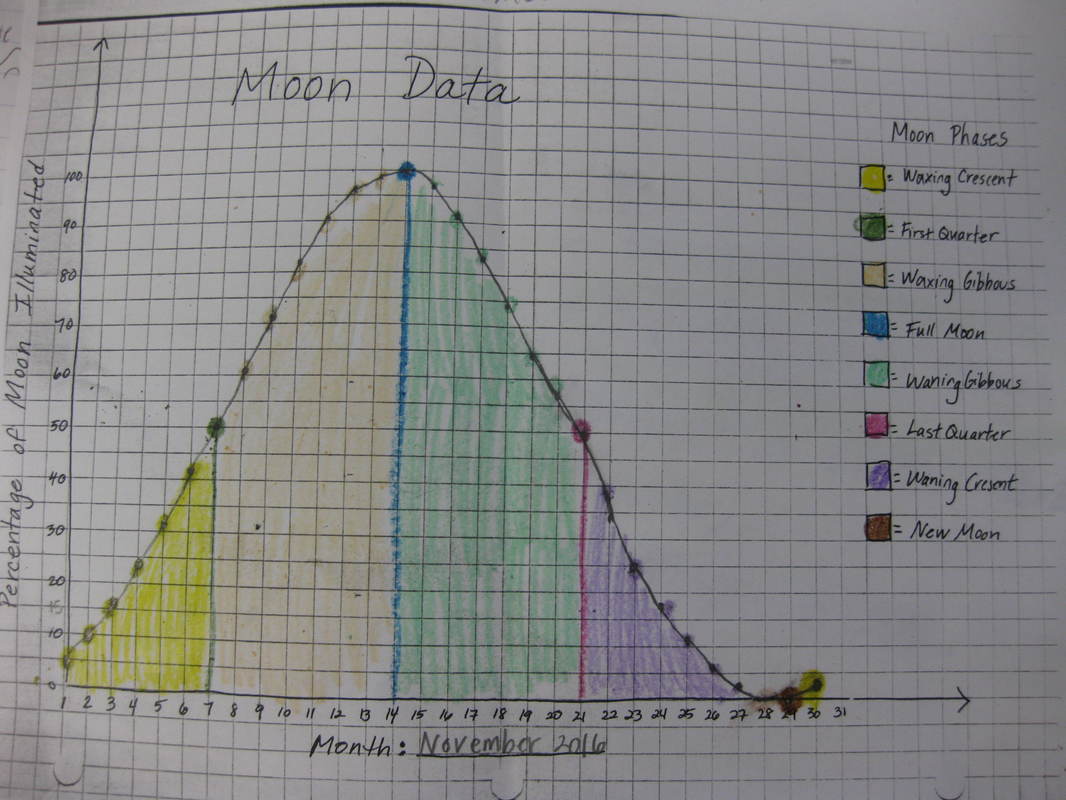
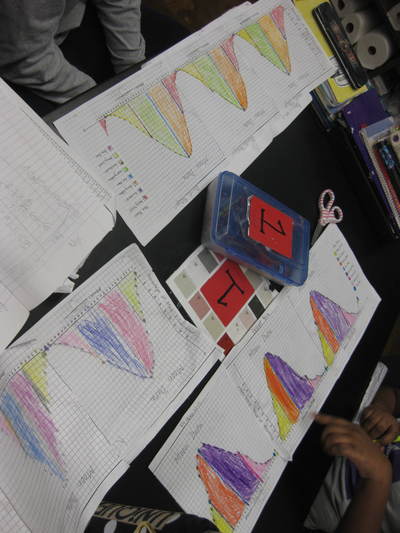
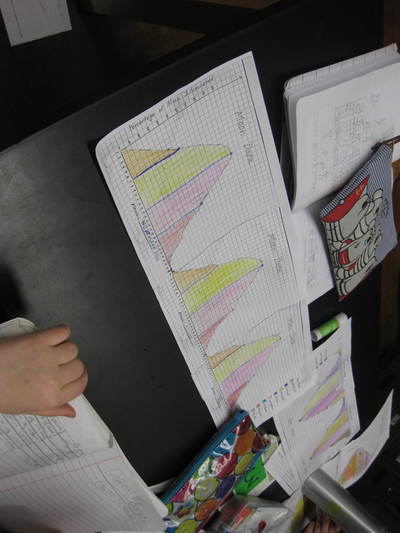
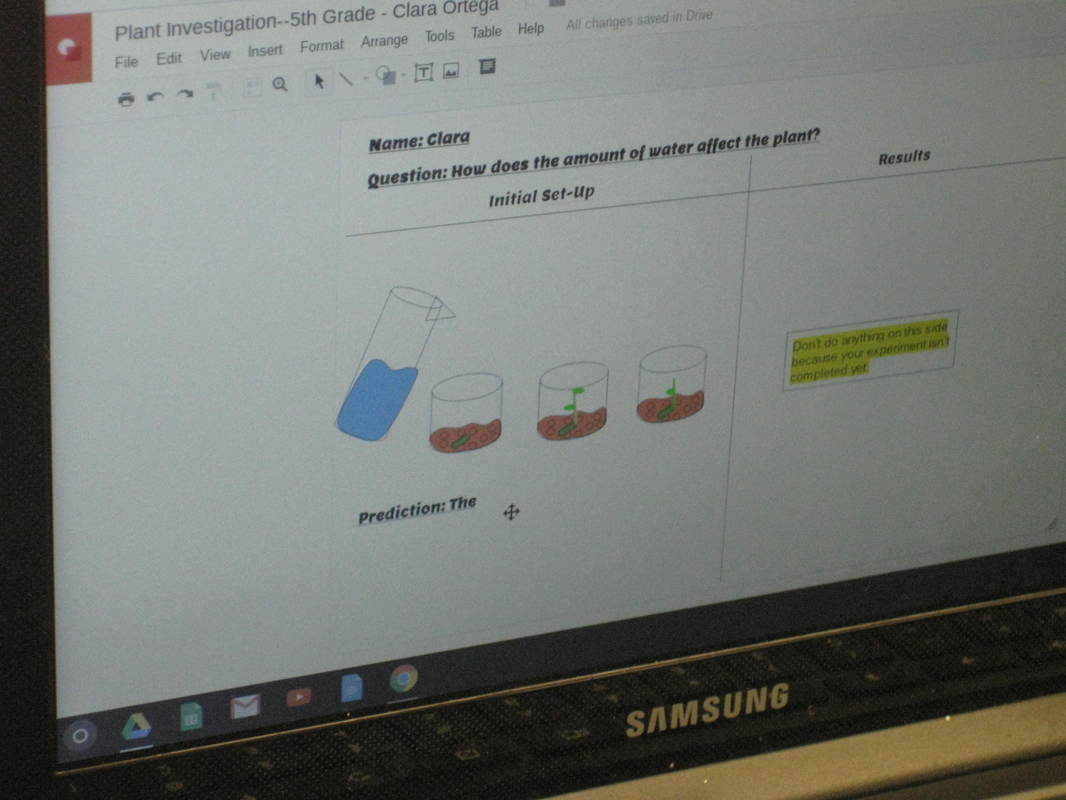
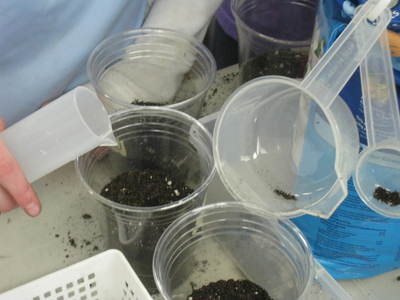
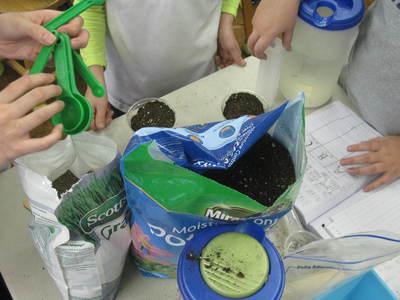
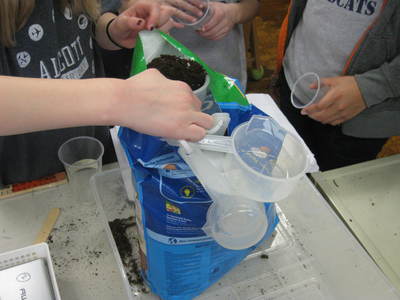
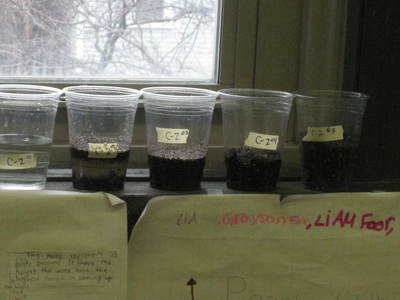
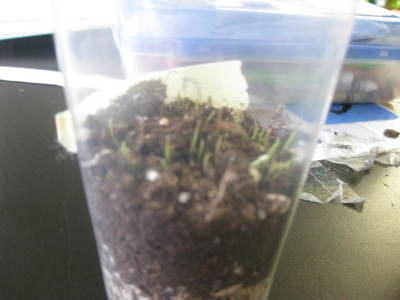
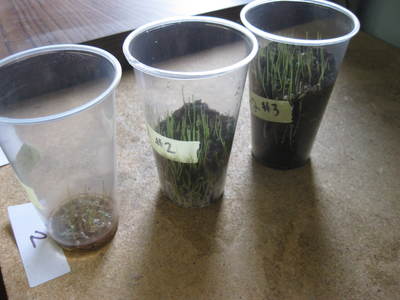
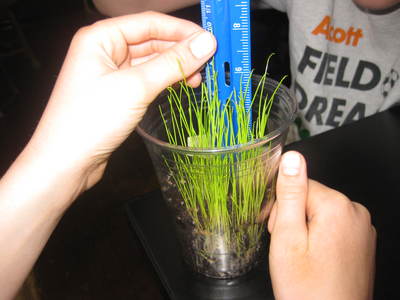
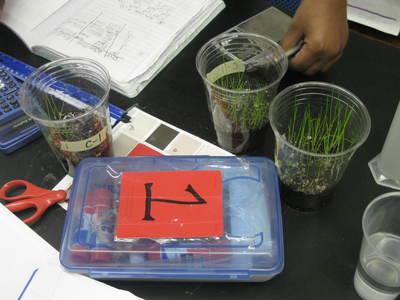
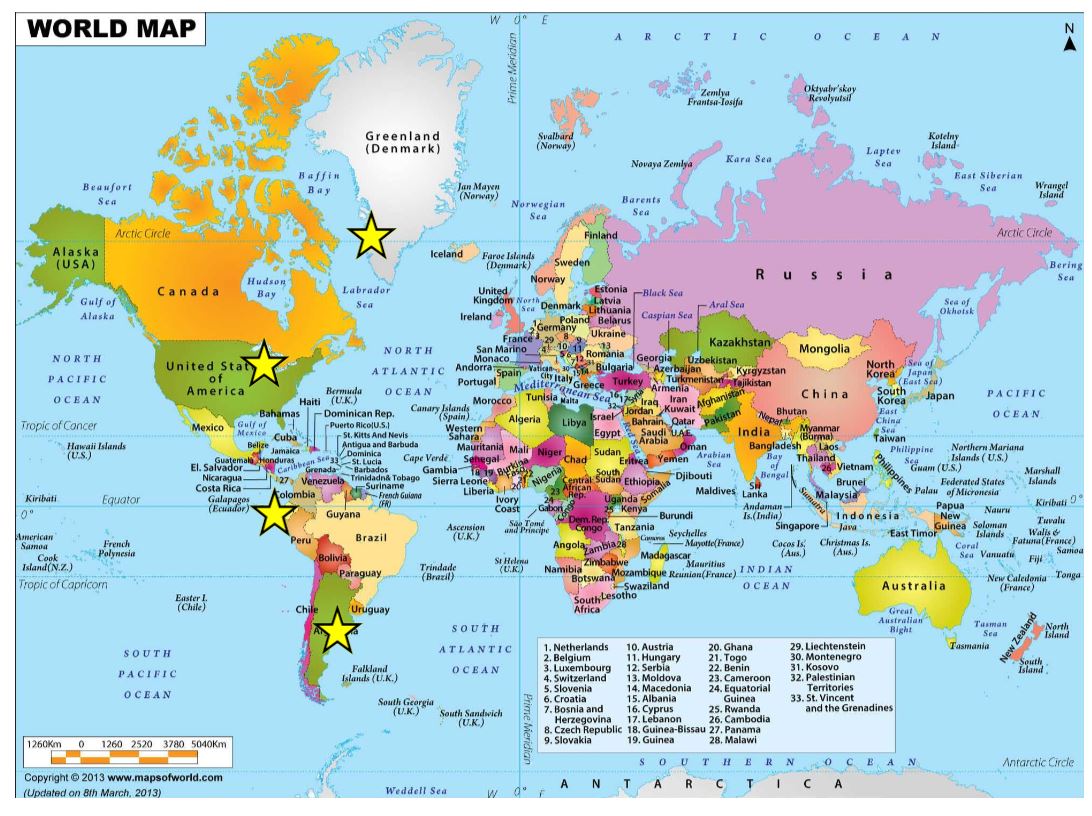
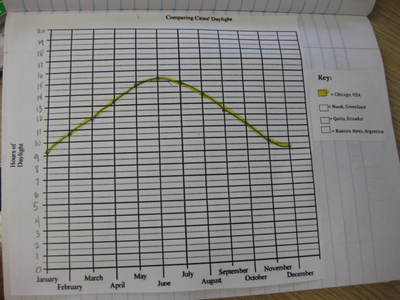
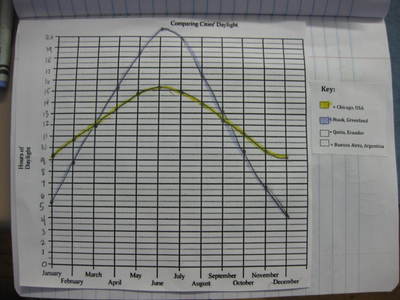
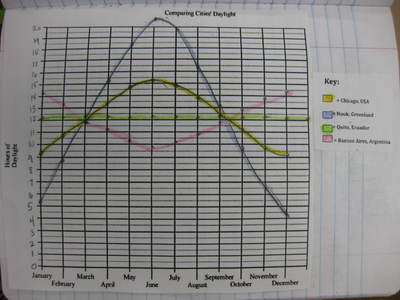
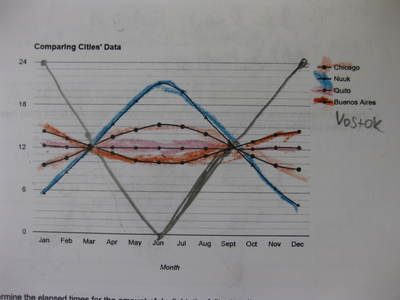
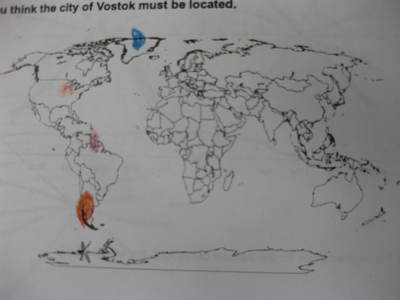
 RSS Feed
RSS Feed